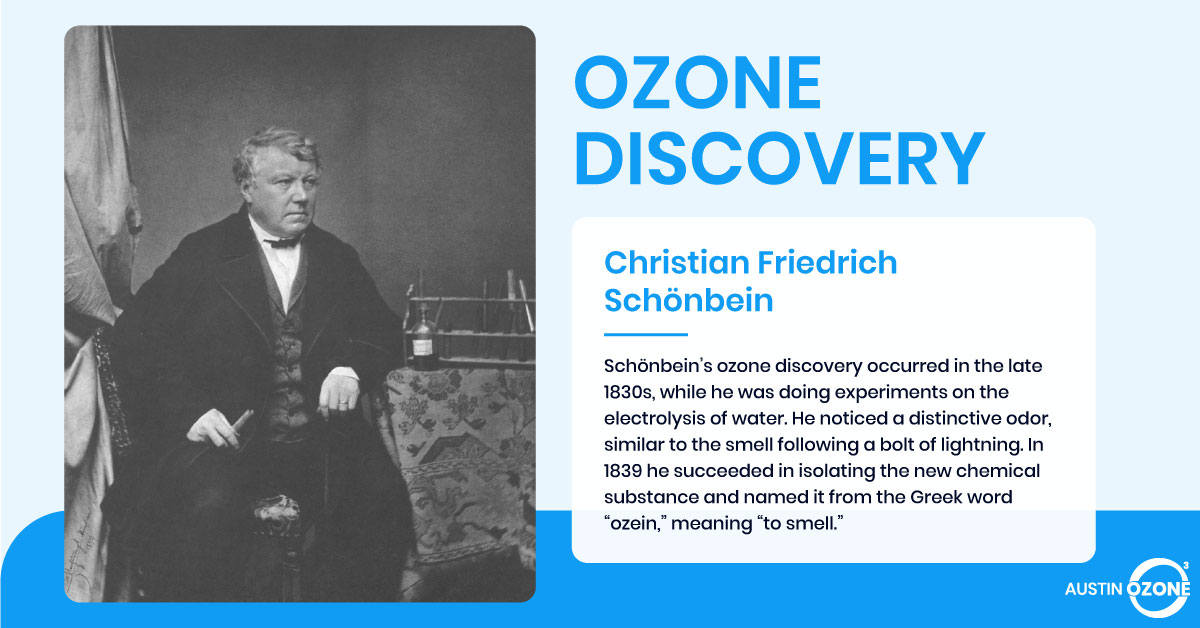
Ozone Therapy for Adrenal Fatigue
In our modern world where people are constantly exposed to a lot of stress and toxins, maintaining a good sleeping habit and healthy diet can be difficult at times.



The discovery of the chemical known as ozone gas in 1840 is credited to Christian Schonebein, a professor of physics and chemistry at the University of Basel. Professor Schonbein also invented guncotton (methylcellulose) and explored the use of hydrocyanic acid to stop meat putrefaction, demonstrating the possibility that meat could be preserved for long periods of time.
Born in 1871, the Austrian surgeon, Edwin Payr, became acquainted with ozone when it was used on him by his dentist, E.A. Fisch. Dr Fisch applied for a patent on an ozone generator called “Cytozon,” now used in medical ozone generators today. Dr Payr became so enthusiastic about medical ozone that he ultimately published a 290 page book entitled, “On Treatment with Ozone in Surgery,” which he presented to the German Surgical Society in Berlin. This was the beginning of the use of ozone in medicine as we know it today.


In our modern world where people are constantly exposed to a lot of stress and toxins, maintaining a good sleeping habit and healthy diet can be difficult at times.
| Monday - Friday | 8:00am - 5:00pm |
| Saturday | 9:00am - 5:00pm |
| Sunday | 9:00am - 5:00pm |